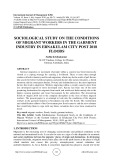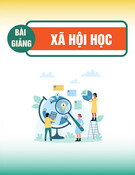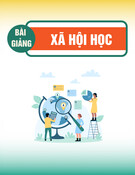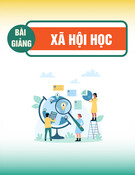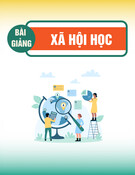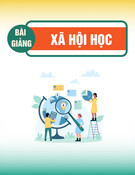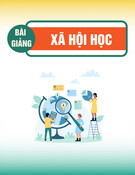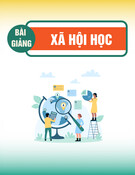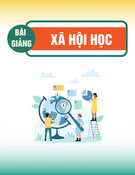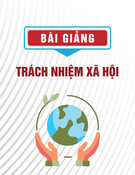
http://www.iaeme.com/IJM/index.asp 68 editor@iaeme.com
International Journal of Management (IJM)
Volume 10, Issue 4, July-August 2019, pp. 68–75, Article ID: IJM_10_04_007
Available online at http://www.iaeme.com/ijm/issues.asp?JType=IJM&VType=10&IType=4
Journal Impact Factor (2019): 9.6780 (Calculated by GISI) www.jifactor.com
ISSN Print: 0976-6502 and ISSN Online: 0976-6510
© IAEME Publication
SOCIOLOGICAL STUDY ON THE CONDITIONS
OF MIGRANT WORKERS IN THE GARMENT
INDUSTRY IN ERNAKULAM CITY POST 2018
FLOODS
Sudha Krishnakumar
M O P Vaishnav College for Women,
Chennai, Tamilnadu, India
ABSTRACT
Internal migration or movement of people within a country has been historically
viewed as a coping strategy for earning a livelihood. There is more than enough
evidence of both voluntary and forced migration, which may be the result of pull factors
like search for better livelihood options and push factors like natural disasters, a failed
monsoon and the consequent famine, Poverty and indebtedness are the most important
factors that lead to migration. Workers migrating within a country usually move from
less developed regions to more developed ones. Kerala has been one of the most
promising destinations for migrants from north and north-east India mainly due to the
higher earning potential and lesser harassment by the authorities. The devastating
floods of August 2018 led to the complete disruption in the lives of these migrant
workers. The present paper is an attempt to look into the conditions of the migrant
workers in the garment industry in Ernakulam city after the floods. The resettlement
and rehabilitation efforts of the Government post flood scenario and the new schemes
that would help them to cope with any future calamities have also been examined in
detail.
Key word: migrant workers, floods, kerala, garment industry.
Cite this Article: Sudha Krishnakumar, Sociological Study on the Conditions of
Migrant Workers in the Garment Industry in Ernakulam City Post 2018 Floods,
International Journal of Management, 10 (4), 2019, pp. 68–75.
http://www.iaeme.com/IJM/issues.asp?JType=IJM&VType=10&IType=4
1. INTRODUCTION
Migration is the measuring tool of changing socioeconomic and political conditions at the
national and international levels. It can also be seen as a sign of wide disparities in economic
and social conditions between the migrants’ places of origin and destinations. In developing
countries like India, migration mostly takes place due to the push factors at the place of origin
which translate into causes like poverty, unemployment, natural calamities and
underdevelopment. As far as Kerala is concerned, migration has played a crucial role in the





